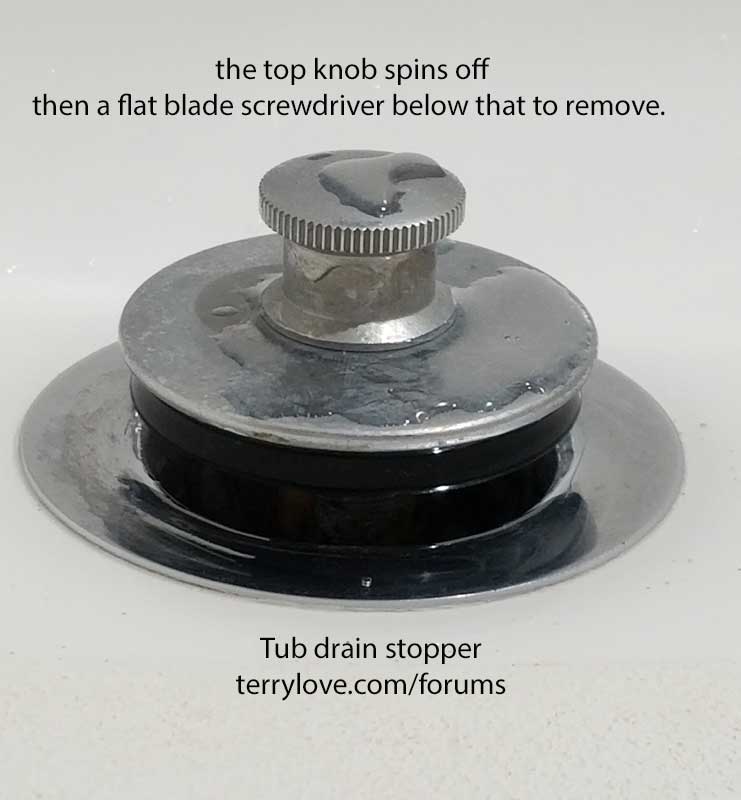demamey
New Member
Hello there!
My tub drain has been clogged for a very long time.
In the past it had worked when I:
Vaccumed the drain for a long time (with a rag over the overflow)
Used Drano max gel followed by very hot water.
It always worked for a short time.
Recently I have tried both these systems, with no success.
I have also tried bio clean.
I have old clay drain most of the way down, the tub plumbing itself is newer, and probably done incorrectly.
I have tried multiple times, by myself and had a few professional plumbers attempt to snake the drain, it was impossible. Two plumbers said it was impossible due to the set up of the plumbing, and I destroyed my own snake.
I have not tried snaking through the vent. This seems very dangerous and I cannot do it by myself.
I am not in a good financial place, and I cannot hire a plumber.
What do you suggest I do?
Is there something like snaking from the basement up?
or is there another material I should maybe try?
Do you need any further information to be able to help me?
Thank you very much!
My tub drain has been clogged for a very long time.
In the past it had worked when I:
Vaccumed the drain for a long time (with a rag over the overflow)
Used Drano max gel followed by very hot water.
It always worked for a short time.
Recently I have tried both these systems, with no success.
I have also tried bio clean.
I have old clay drain most of the way down, the tub plumbing itself is newer, and probably done incorrectly.
I have tried multiple times, by myself and had a few professional plumbers attempt to snake the drain, it was impossible. Two plumbers said it was impossible due to the set up of the plumbing, and I destroyed my own snake.
I have not tried snaking through the vent. This seems very dangerous and I cannot do it by myself.
I am not in a good financial place, and I cannot hire a plumber.
What do you suggest I do?
Is there something like snaking from the basement up?
or is there another material I should maybe try?
Do you need any further information to be able to help me?
Thank you very much!

